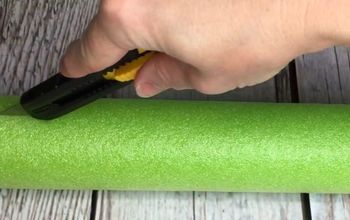Should I remove plaster and lathe or can I just remove plaster?

Related Discussions
Vinyl plank flooring vs pergo (laminate)
I currently have stinky dirty carpeting in my living room and I want to replace it with a durable flooring that can stand up to dogs and kids.
How to remove popcorn ceiling that has been painted?
Does having a paint over a popcorn ceiling change how I'd remove the popcorn ceiling?
How to apply peel and stick wallpaper?
I want to spruce up my walls with peel-and-stick wallpaper. Has anyone used this before and can advise me as to how to apply it properly?
How to stain wood floor?
I've heard staining is a good technique for updating floors. So how do I stain my wood floor?
Should I Remove Chimney and Leave Firebox with Gas Logs?
We purchased a 1980's house a little over a year ago with a wood-burning fireplace. The brick chimney is on the outside of the 2-story cedar-sided house and extends t... See more

CherilynneHometalker - For your remodel, drywall will be your best opinion for repair. To repair plaster is a labor intense process not for a D.I.Y. because you do not want it to look,,"Ghetto." For Lavish plaster repair you will need a Professional.
I've lived in historic homes too! There's not really a "rule" about what to do. I'll give you my pros vs. cons : your really beyond the patch phase, especially if you've got large sections that have released. More will just continue to release with each seasonal temperature change. If the lathe is wood ( in 1880, probably), it will split and break as you attempt to remove the plaster layer. Some remodeler (on the cheap!) used to drywall over the lath, but then your wall thickness changes and all your mouldings need to be removed. Also, new drywall is soooooo much easier to work with. Your job will actually be easier over the long haul ( think wiring, lights, switches, hanging pictures, etc.). Yes, it's a huge mess doing the demo. But, it's worth it. Just remove lathing up to corners or moldings. Use a reciprocating saw to get clean edges at the top of baseboards, etc.
Wear masks and googles and use heavy duty drop clothes to contain the mess. You can do it! At least the demo! Don't attack it like warfare...think of it more like surgery 👍🏻
I agree with Helene. Remove both. Some of the lath may be warped and uneven. The plaster is smooth on the surface but the lath may not be level, plumb, and bulged. Cover doorways, vents, openings with plastic sheathing.